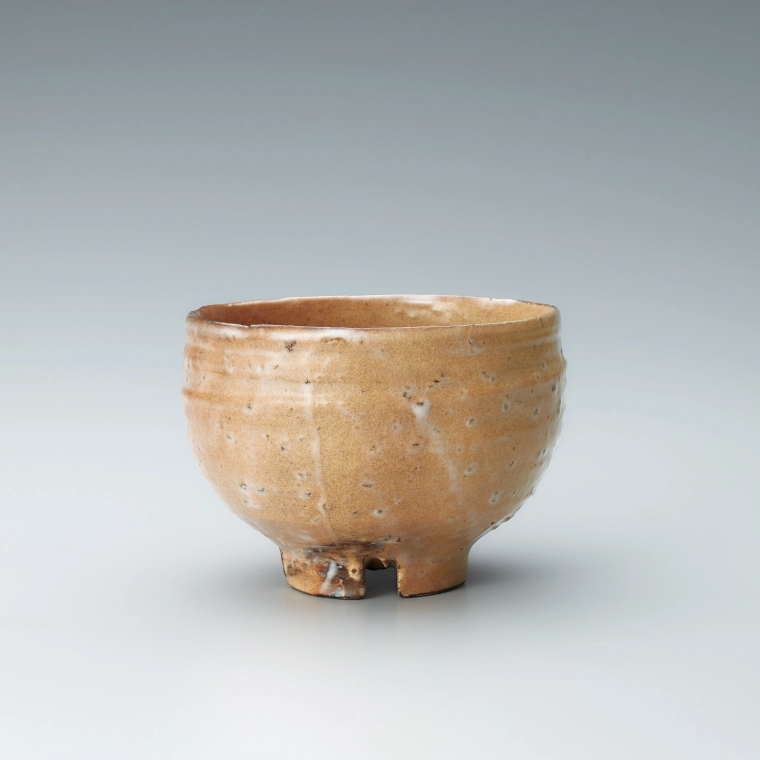Hagi tea bowl.
H 9.2 / ø 13.0 cm,Year.2019Sadatsugu Shinjo
1950 -- Ceramics
- Price Range Please Inquire
- Awards at Japan Kōgei Assoc. Exhibitions : 6
Description
-
CategoryCeramics
-
DimensionsH 9.2 / ø 13.0 cm
-
Year presented2019
-
RarityUnique
Techniques Used
Hagi ware
Hagi ware is a type of pottery predominantly made around the cities of Hagi, Nagato, and Yamaguchi in Yamaguchi prefecture. Vessels are made with Daido clay, Mitake clay, and Mishima clay. The resulting stoneware is rarely decorated with motifs, as the texture and qualities of the clay are key points of visual interest that appeal to tea ceremony practitioners.
Selected exhibitions
- The 67th Japan Traditional Kōgei Exhibition (2020)
- Selected
Please feel free to contact us to commission work, check artworks available for purchase etc.

